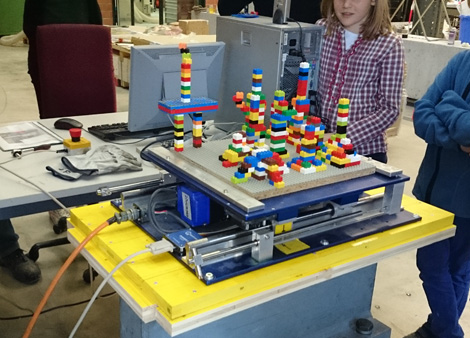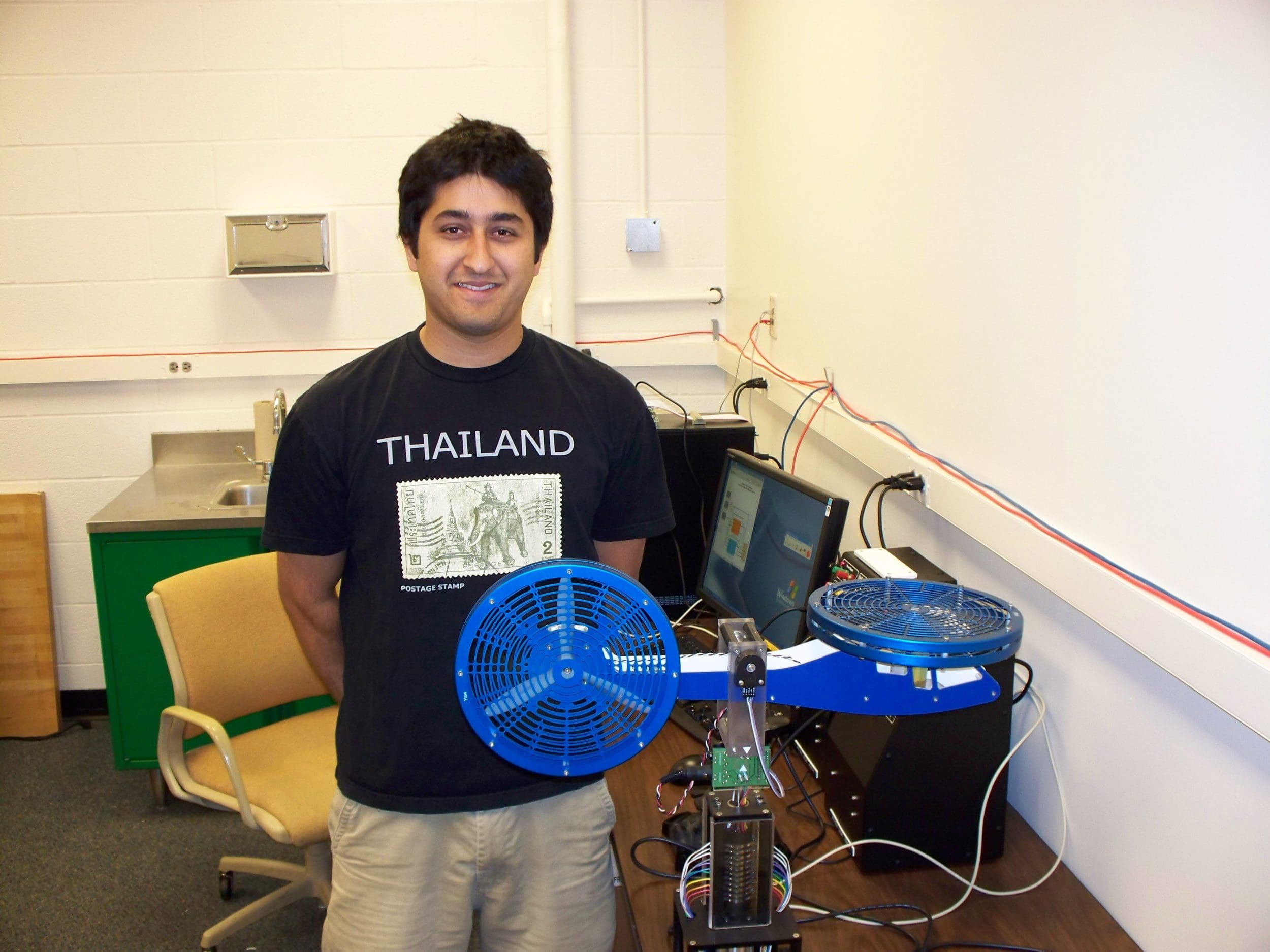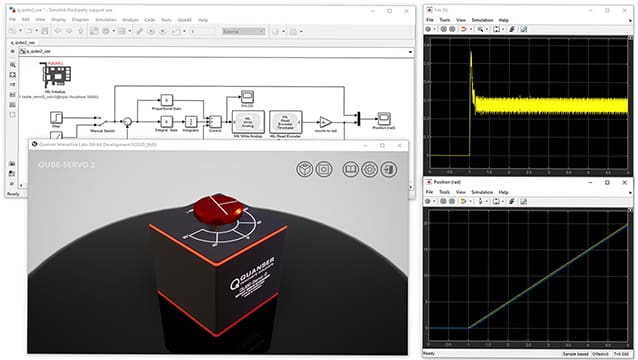
Milwaukee School of Engineering (MSOE) draws ambitious students seeking personal and professional success. Students learn how things work in theory, then use that knowledge to make things work. The department of Electrical Engineering and Computer Science (EECS) is where ‘making things work’ happens. Supporting 14 laboratories, EECS offers plenty of space and challenges to captivate students and help them apply the classroom theory.
Challenge
Offering students practical real-time knowledge
Originally, EECS did not have a laboratory for control systems – the department was using a conventional analog lab, which could not offer students practical real-time knowledge. Real-time solutions and integration with Simulink helped convince Professor Hadi Saadat to equip the newly established controls laboratory with Quanser rotary family experiments back in the 1990s. After Saadat’s retirement, Dr. Stephen Williams worked closely with Saadat on the new lab implementation. “Quanser was the only supplier with a Simulink data acquisition graphical object library and real-time control with data streaming,” recollects Williams. “Our faculty worked with MATLAB and Simulink quite a lot, so we leveraged our existing expertise.”
Solution
Rotary experiments for teaching lab and tools for senior projects
Ten rotary family workstations allow undergraduate students to expand on their theoretical knowledge in controls with hands-on experience in electrical, computer, and biomedical engineering. They learn by doing which Williams believes can motivate them to do and learn more. They work with different experiments – Ball and Beam, Rotary Inverted Pendulum, Flexible Link – using the curriculum that accompanies the experiments and with material subsequently developed in-house. “Now we have a number of years of experience working with Quanser rotary workstations,” says Williams. “Thanks to the open-architecture of the Quanser equipment we’ve also customized experiments, and added new ones. Their open architecture is a great plus for us.”
Noting the results, Williams also plans to incorporate Quanser products into advanced student projects. “We already had a few senior control systems design projects that used Quanser development tools,” he explains, “but will do more in the future because Quanser’s platform is ideal for rapid prototyping and design.”
Result
A Lab that grows with the department's needs
MSOE has been equipping laboratories with Quanser since 1991. With increased demand to graduate more students, that relationship continues to grow. For instance, EECS is going to open its controls laboratory to even more engineering students in the future. “We will also accommodate students in mechanical engineering,” says Williams. “In a year, we will have one or two mechanical engineering courses on using a newly re-furbished servo controls laboratory,” which will double utilization of the lab. “Even now, the controls laboratory is the most heavily used lab in our EECS department.”
“We see many universities going in the same direction,” notes Erlisa Jorganxhi, Academic Solutions Advisor at Quanser. “They realize that through Integrated Learning Centers the control laboratories can be better managed, utilized and shared by various departments. Because whether you study electrical, mechanical, aerospace or biomedical engineering, you need to understand basic control principles.” Jorganxhi and Quanser are pleased to help MSOE captivate, motivate and graduate engineers.



